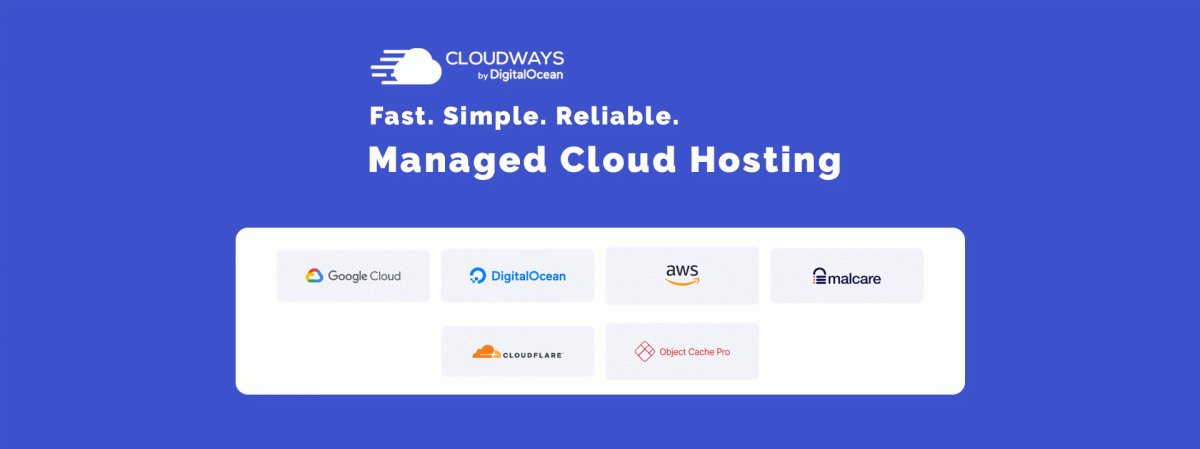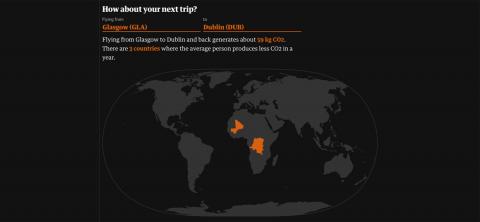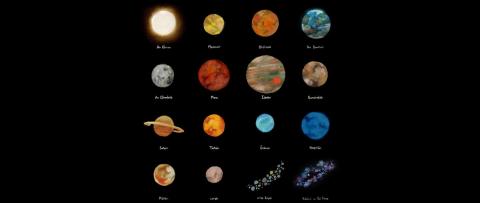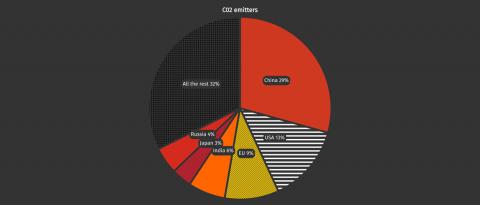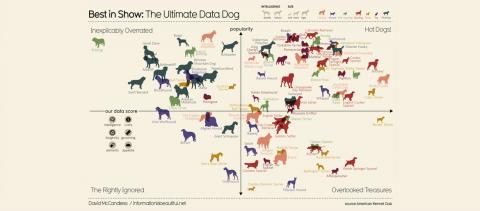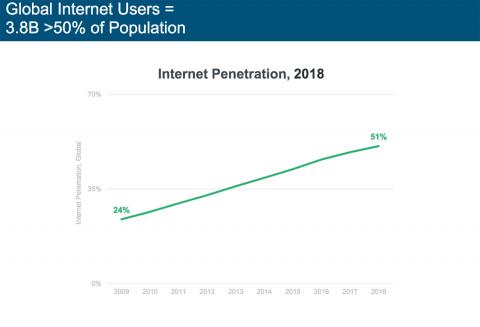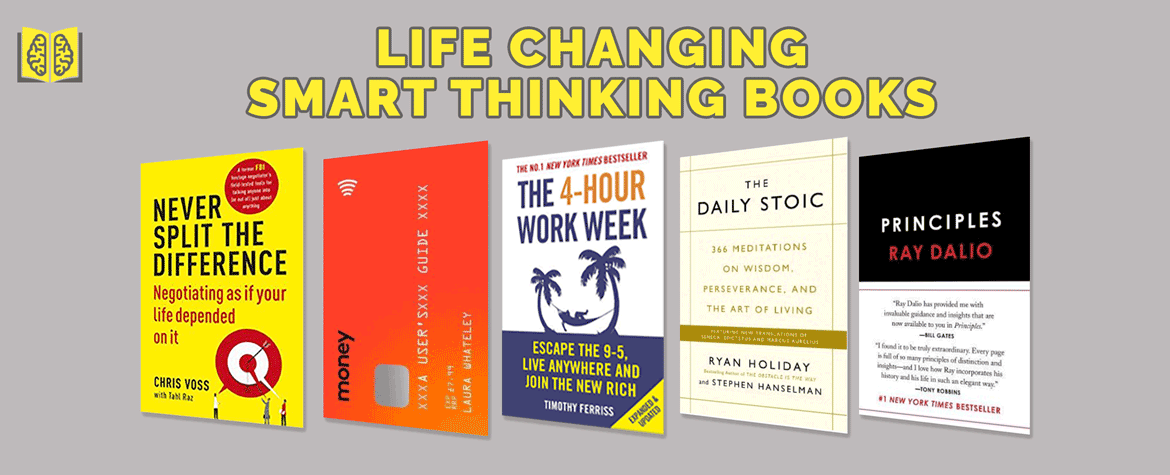Emissions & How To Cut Them
Information Is Beautiful have published a fantastic, informative and very important visualisation of the breakdown of the 51.8 Gigatonnes of CO2e emission we produce each year. The visualiastion also lays out the amount of reduction needed in each category to half the emissions by 2013 and reach net zero by 2050.

